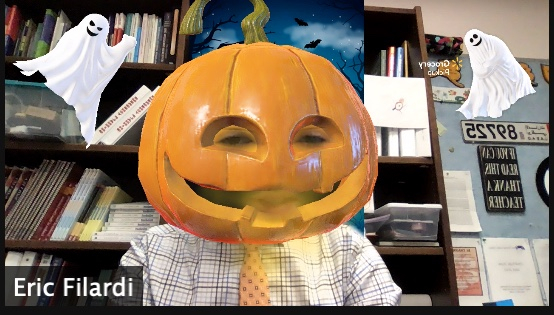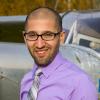This Halloween, if you were looking for a festive, pandemic-safe activity, you only needed to grab your cocoa, cue up some spooky tunes, and join in the Arctic Research Consortium of the U.S. (ARCUS) Annual Meeting in full Halloween costume!

In order to facilitate this, we discussed things that the ARCUS community might do - both as individuals and as the organizations they represent - to work together in this area. As partner STEM organizations join together in work with ARCUS, young role models, local communities and educators work together, and as innovative programs build foundational skills in Arctic research, computer science and digital literacy, northern youth are finding their foothold as informed citizens, future leaders, and drivers of innovation.
As an Alaskan teacher, I consider myself to be especially favored to have the rich and dynamic traditions of our indigenous communities. Living in the Arctic, I have also worked to become a trauma-informed educator; focusing on the importance of developing a child’s emotional well-being in order that they can better learn. My students are not only numbers to me. Given the highly remote nature of the Alaskan communities from which many students come, their skill sets are markedly different from those of typical urban, suburban or even other rural schools. Many help their families survive through a traditional subsistence lifestyle. Though intelligent and capable, they are often not well-prepared to excel in an academic environment; in particular, math, science and computer science.
Growth happens when these students have partners to help push them to work at the edge of their competence, motivated by passion, and by developing interest that allows them to keep working when things get tough. Arctic research offerings help to develop within our schools a community of opportunity, preparing students for life. Instilling a love of learning about their environment in students ensures a brighter future for them and all mankind. Collaboration like this serves in guiding children to the acquisition of knowledge and skills, and more importantly, makes an impact beyond that of academics.


Comments